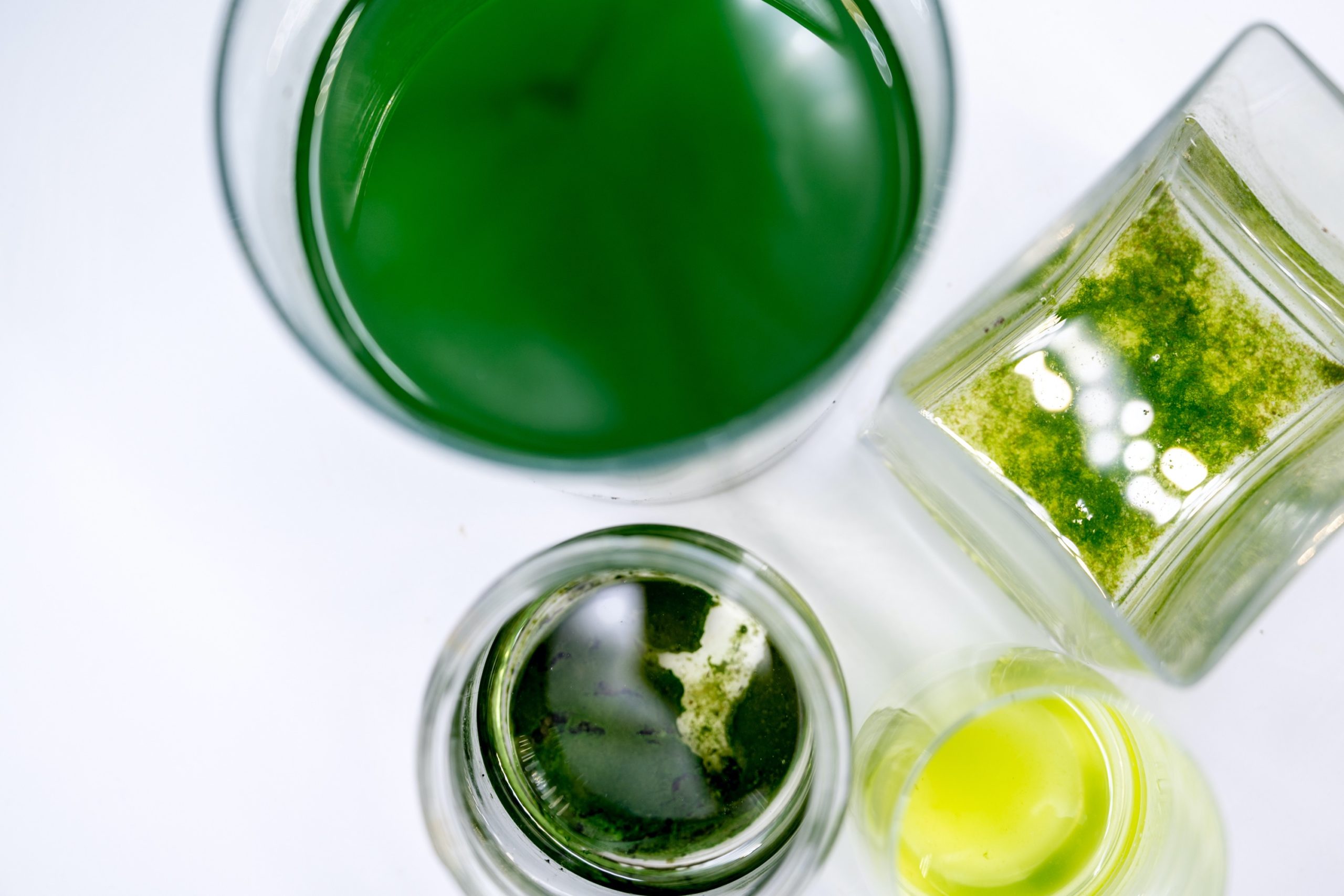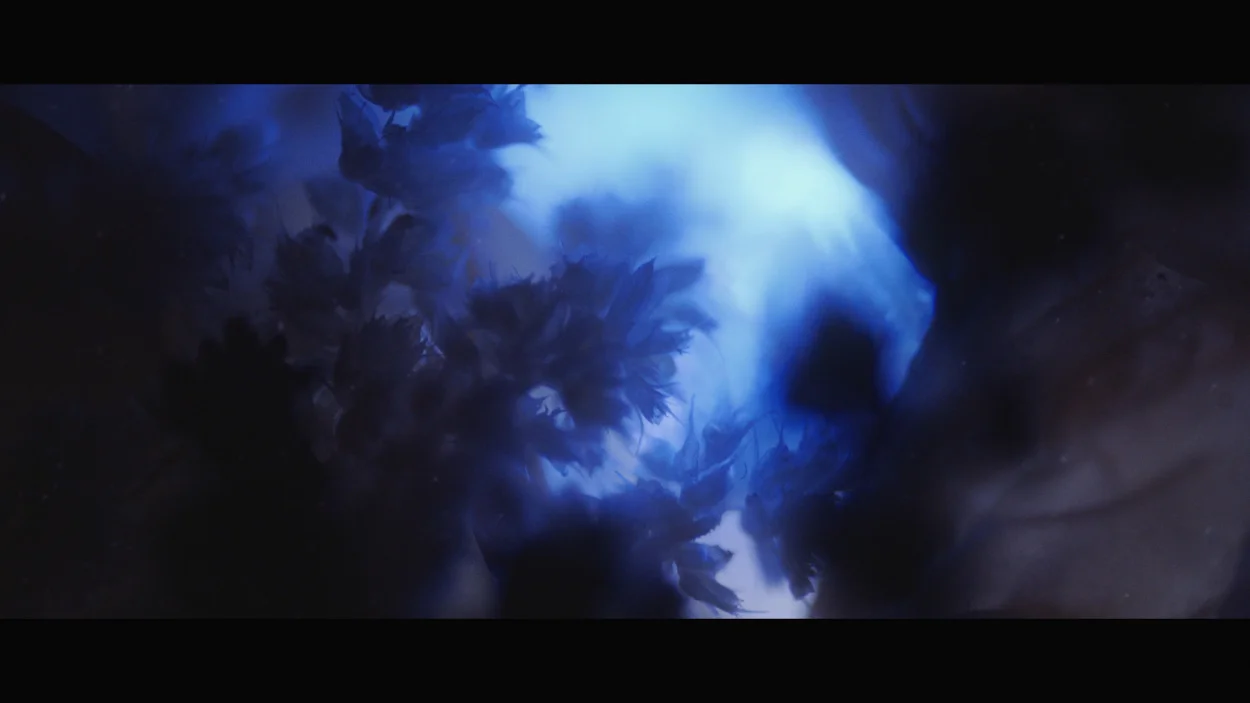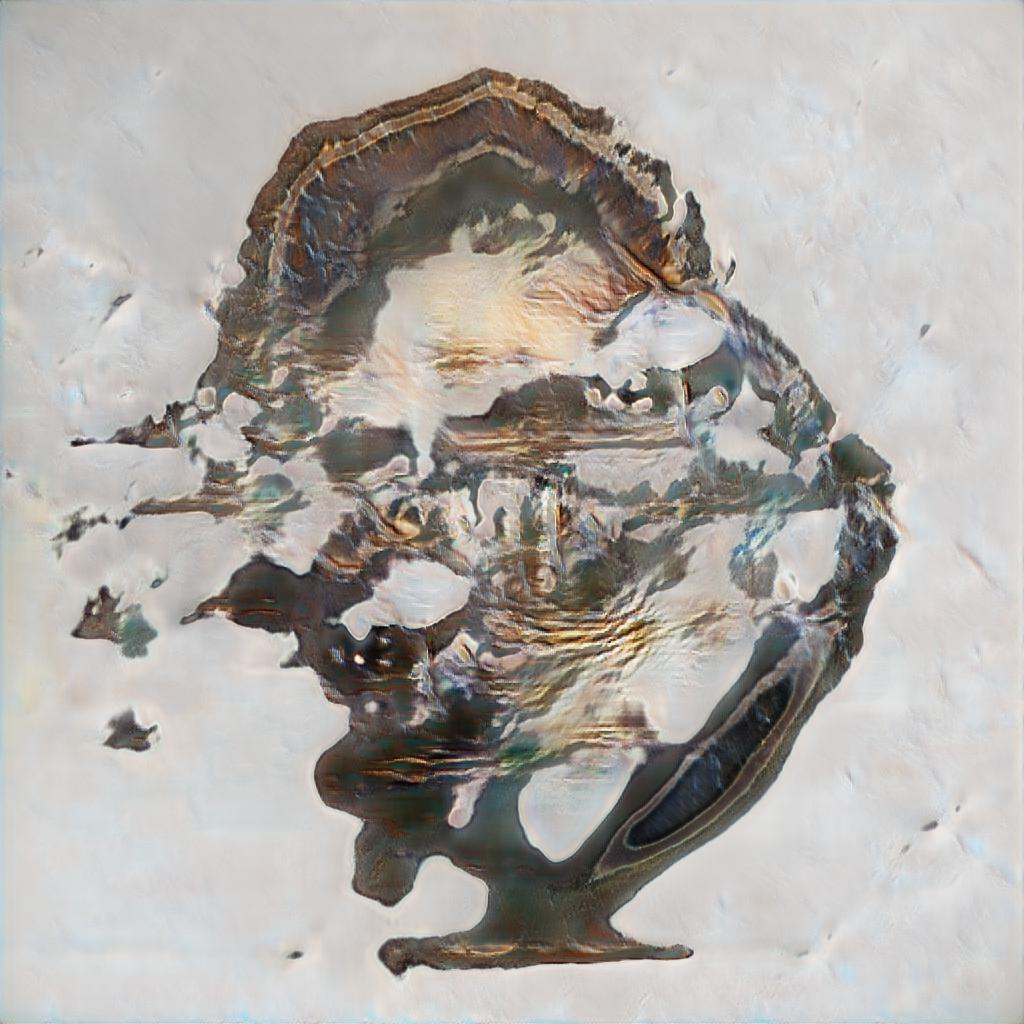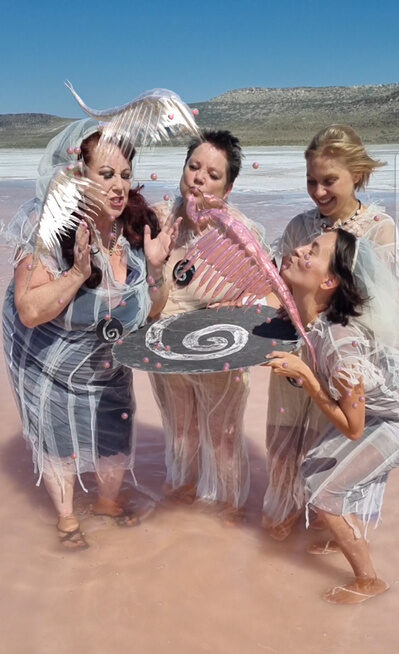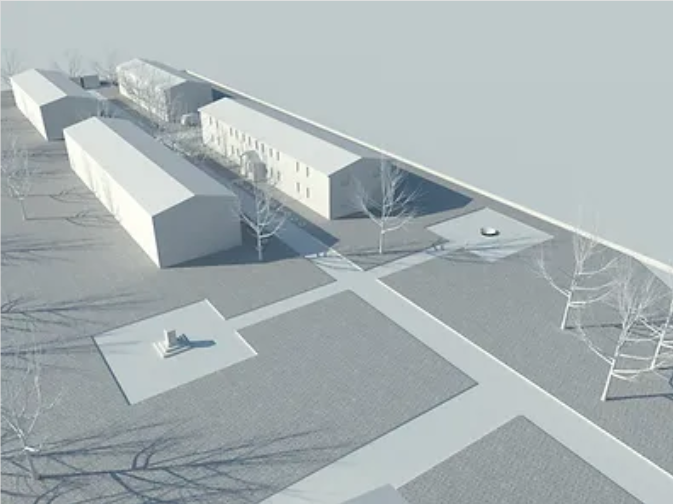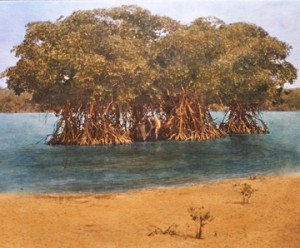(B)OTHERING is the disturbance of the familiar through the encounter with beings in their otherness. It is through this contrast that the familiar becomes apparent and thus can itself become other again. Disturbances by their nature initiate potential for action and enable unimagined transformation. Engaging with otherness and mediating the substrate of coexistences opens up space for collaborative form-finding. Through observation and recording in disciplines ranging from the natural sciences to the humanities, the co-becoming of distinct entities is mapped and processed in glossary form. »Self-prints«, photograms, images on light-sensitive substances and living artifacts convey these sensitive findings, chronicling interplay, inter- and intra-action. The resulting artifacts, created through the actors‘ sympoiesis, illustrate new ways of troubling paradigms, of critically positioning oneself, and testing design in its intermediary role between science and society, to grasp it as a reflection on the familiar in the unknown – (B)OTHERING.
My practice is inspired by a deep desire to work collaboratively with more-than-human organisms. Through my photographic and photogrammatic techniques, I seek to co-create with various algal species, using their vital light to produce stunning images that speak to the beauty of nature. As a motif, the basis for algae-based developer and recycler at the same time statements of self emerge.
Furthermore, these images facilitate discourse on the ecological impact of photo lab processes. Issues like water contamination from traditional chemicals, animal gelatine in emulsions, and plastic waste provide opportunities to explore alternatives. This work aims to foster more eco-friendly coexistence and establish new relationships with organic and photographic materials.
The project started in fall 2021.
